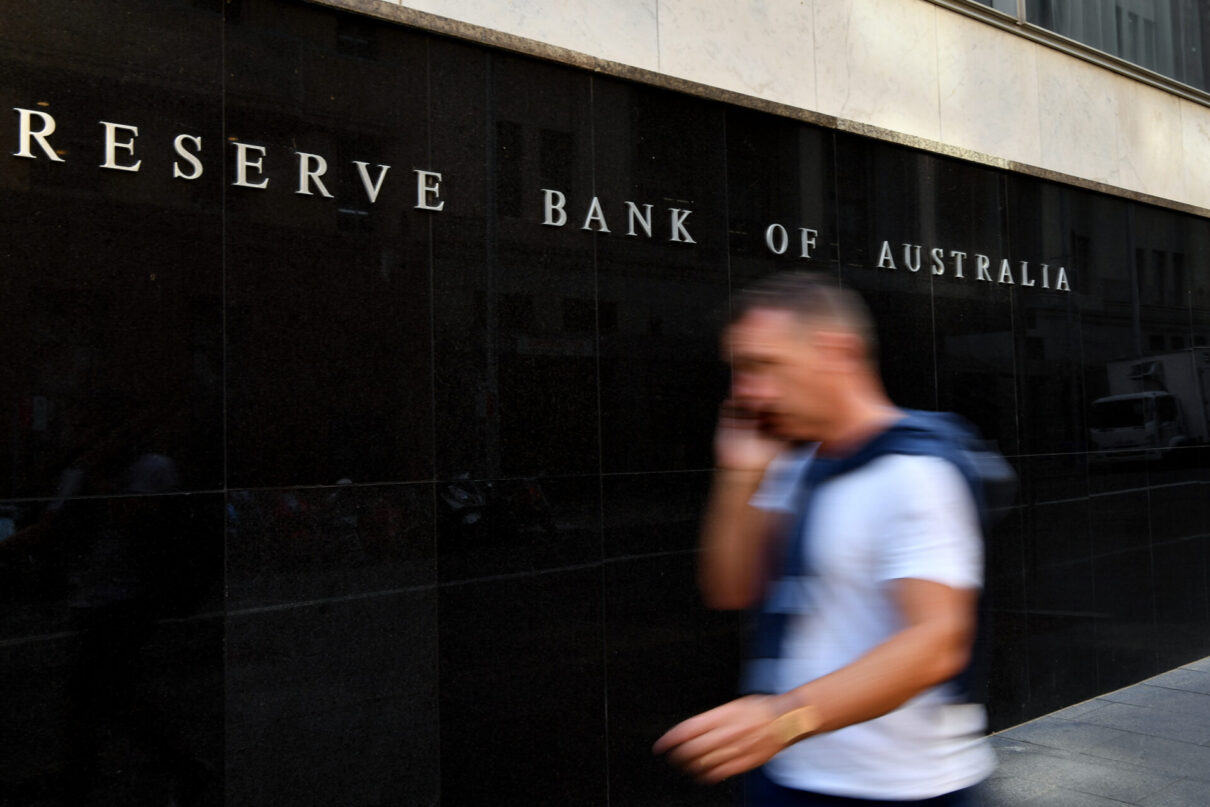The RBA made it clear one group continues to do well, and continue to spend – and they are also the ones who are about to get a massive tax cut.
The Reserve Bank’s decision to raise interest rates on Tuesday lacked any clear reasoning.
When compared with other periods such as during the mining boom, when household spending was growing fast and real wages were surging, we can see that the economy at the moment is much weaker. Households are now cutting back on luxuries as their real wages fall.
But the RBA pointed out that one group of Australians are doing OK – those with high income and wealth. Those with large savings buffers and who are also enjoying the increased wealth from rising house prices are still spending.
This is also the group who are about to be handed the biggest income tax cut in history. The Reserve Bank has made it clear that allowing Stage 3 to go forward in its current form will only fuel inflation and likely result in higher interest rates for all.
With a Reserve Bank desperate to use any excused to raise rates and slow the economy even as it already slows, the Government needs to amend the Stage 3 cuts to deliver greater benefit to low-middle income households who have suffered the most from the rising cost of living and interest rates, and less to those who are already doing well and for whom a potential $9,075 tax cut would just put more fuel on the inflation fire.
You might also like
Chalmers is right, the RBA has smashed the economy
In recent weeks the Treasurer Jim Chalmers has been criticised by the opposition and some conservative economists for pointing out that the 13 interest rate increases have slowed Australia’s economy. But the data shows he is right.
Analysis: Will 2025 be a good or bad year for women workers in Australia?
In 2024 we saw some welcome developments for working women, led by government reforms. Benefits from these changes will continue in 2025. However, this year, technological, social and political changes may challenge working women’s economic security and threaten progress towards gender equality at work Here’s our list of five areas we think will impact on
Closing Loopholes Protections, Including Right to Disconnect, Come Into Effect 26 August
New labour rights coming into effect on 26 August, including the ‘Right to Disconnect’.


